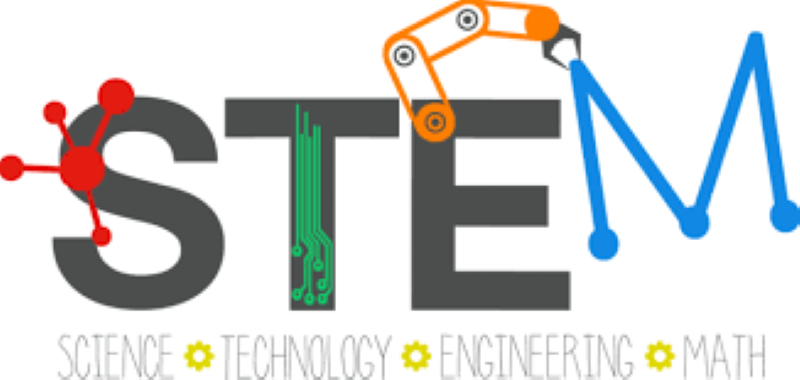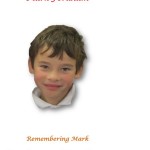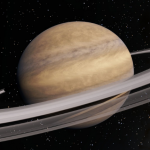S.T.E.M:-Our visit to Atlantaquaria
S.T.E.M:-Our visit to Atlantaquaria
On the 29th of April 2019 the students from 1st to 6th class took a trip to Atlantaquaria in Salthill. Everyone came to school at 9:10 and travelled by bus into Salthill.
When we arrived there we were split into two groups; 1st to 4th classes in one group and 5th and 6th in the other.
Next, everyone in our group was introduced to our tour guide Pádraig who would be guiding us around the aquarium whilst teaching us about all the different species of fish in the aquarium.
Firstly he showed us the sea bass. They like to live in moving waters, so water is pumped into a barrel/bucket that loudly pours it into the tank. To avoid the water level changing and the tank overflowing every time water is put into the tank, some water is taken out through a pipe at the same time. This water that is taken out then flows through the pipe up to the barrel/bucket and is poured back into the tank to create the waves to make the water move again. This cycle is repeated every 40-50 seconds.
Following that we moved on to an open tank which contained 2 sharks, some rays and some flatfish. Pádraig told us that all of the fish in this tank could sense electrical currents so if we all rubbed our hands together they would come closer and we might manage to touch one of the sharks. Lots of people did manage to touch it but I didn’t, as every time it came close it went down deeper (and I might have been a bit scared as well). He told us that flatfish are actually born as tiny round fish but as they swim and develop their eyes move to one side of their head.
During our trip we got shown lots of other species of fish and we even got to feed some of them but I chose to tell you about those two species.
Next Pádraig showed us a submarine. It wasn’t a real submarine but it was made to simulate one and it gave us a good feel for what an actual submarine would be like. We learned that John Phillip Holland from county Clare invented the modern submarine. He also told us that due to the water pressure, submarines had to have round windows, as if they were a shape with corners, when the water would come down on top of them the corners would break. Nobody or even machine has made it down to the deepest part of the sea (the Mariana Trench) as the water pressure would crush them.
We also got shown a real whale skeleton that washed up in county Kerry some years ago.
As this visit was part of our S.T.E.M. project we included an engineering workshop. We were split into groups and were given a tray with a line in the middle, a circle on the left and an X on the right. Our task was to build a wall along the line in the tray, to keep our little Lego man (who was in a plastic container with no lid) dry while water was being poured onto the X on the other side of the tray. We had to place the container which was holding the Lego man in the circle and we were timed to see how long it would take for the water to get into the container that which was holding the man. Every group was given €200 which they would spend on materials to build their wall and each material was a certain amount of money. The items that were on sale in the shop were marla, balloons, sandbags, large, medium and small rocks, straws lollipop sticks, foam and bubble wrap. Everyone was given two tries. The first try was a test run to test out materials and the second try, we knew what we were doing. Our group (Katie, Sadhbh, Edel, Erin O’S, Erin F, Clodagh, Grace, Gráinne and I), on our first try used marla, a large rock and sand bags to keep out the water and we kept our Lego man dry for 1:01. On our second go we just used half of our budget and used marla only to build our wall. That time our man stayed dry for 2:15 which was the highest score of the day!
We all had a great time at Atlantaquaria and it was a great way to finish off our S.T.E.M. project. I hope to visit there again soon!
By Orlaith
5th Class




